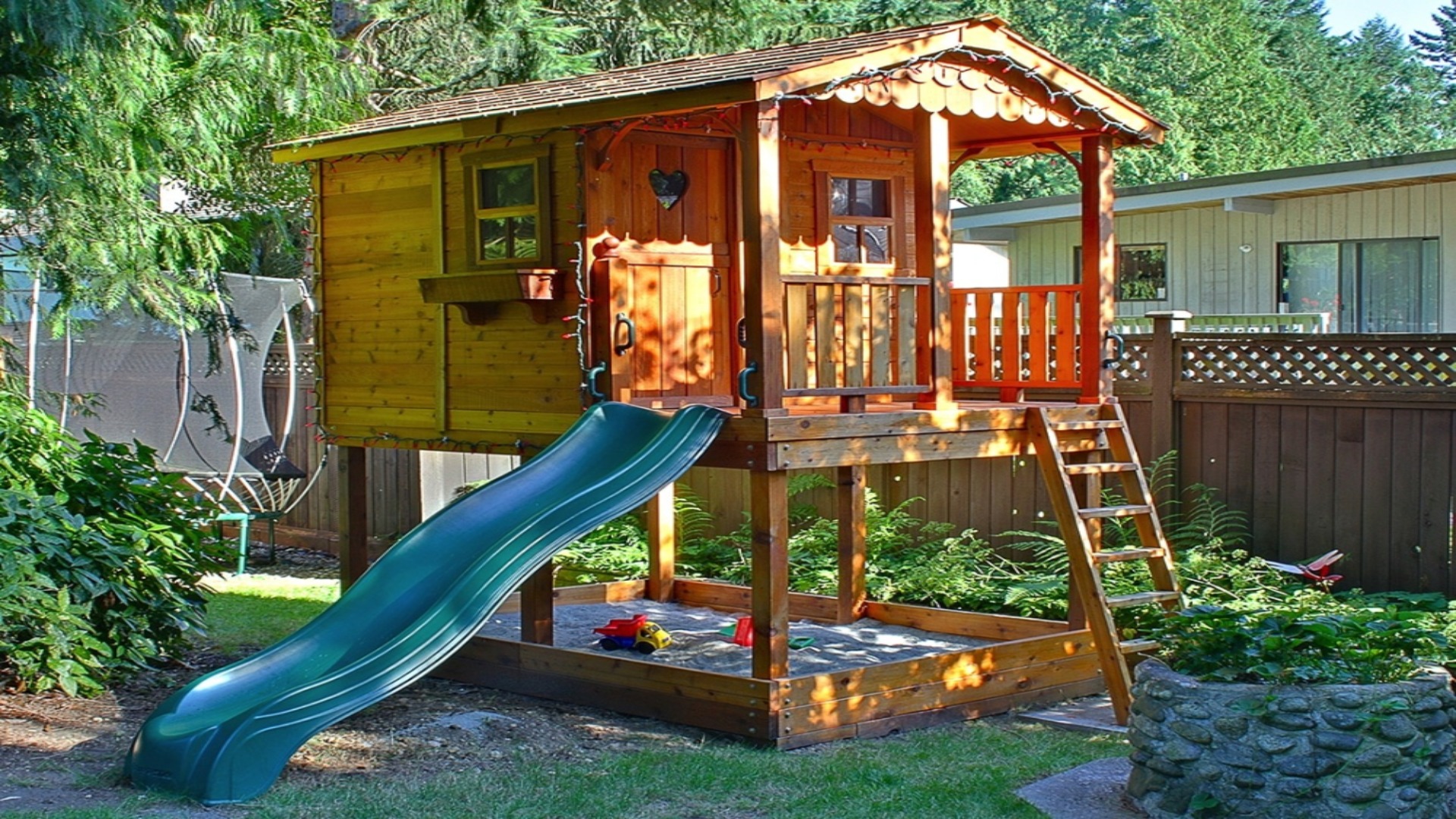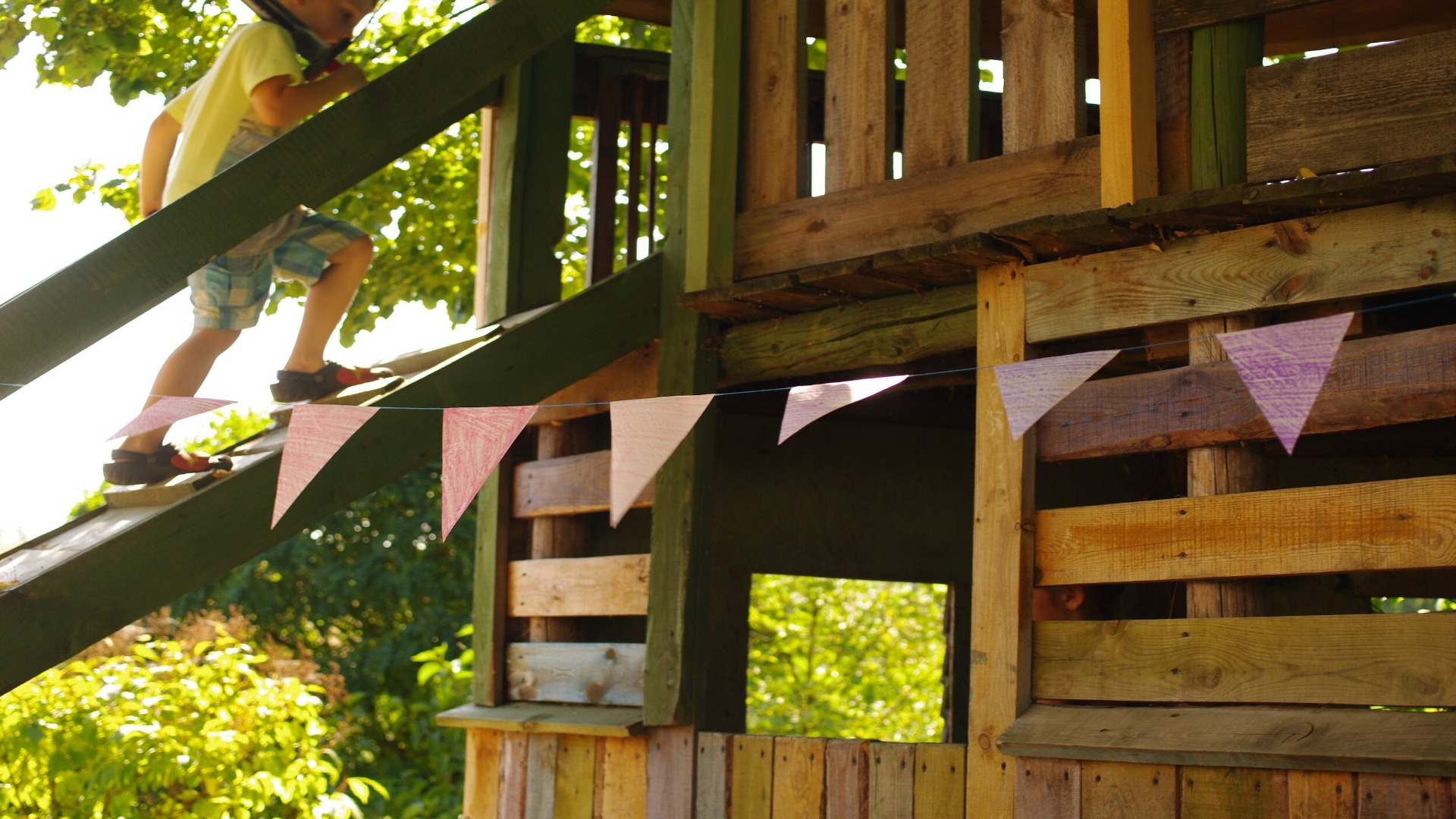When designing outdoor spaces for childcare centres, choosing multi-functional furniture and structures that allow children to store their belongings and engage in active play is essential.
Combining cubbies and play equipment can maximise usable space while encouraging learning and development through interactive play. Rather than isolating storage from recreation areas, integrating cubbies and climbers, slides, or playground equipment offers opportunities for creativity.
It allows kids to naturally transition between activities like hanging up coats and immediately joining friends in the jungle gym. Multi-purpose stations also help facilitate social skills as children learn to share play structures and navigate shared storage.
By merging practical storage with physical challenges and interactive elements, designers can create dynamic outdoor environments where kids remain engaged throughout the day.
Benefits of Combining Cubbies and Play Equipment
Combining cubbies and play equipment provides several benefits for outdoor childcare areas. It allows for more efficient use of limited outdoor space. Instead of dedicating separate areas to storage and play, multi-functional stations serve both purposes.
This encourages activity as kids can easily access equipment directly from their cubbies. It promotes social development and collaborative play as children learn to share combined structures.
 The integrated design seamlessly blends practical storage needs with opportunities for physical challenge, creativity, and interactive recreation. This holistic approach keeps children engaged throughout outdoor play by eliminating boundaries between functional zones.
The integrated design seamlessly blends practical storage needs with opportunities for physical challenge, creativity, and interactive recreation. This holistic approach keeps children engaged throughout outdoor play by eliminating boundaries between functional zones.
Promoting Learning and Development
Integrating cubbies with play equipment in an outdoor environment significantly enhances early childhood education by promoting physical, cognitive, and social-emotional development. Physically, complex climbing structures and slides built around or on top of cubbies encourage muscle development, balance, and coordination, which are essential for young learners. These activities in natural surroundings support physical agility and connect children with natural materials, fostering a deeper appreciation and understanding of their environment.
Combining storage solutions and play equipment in outdoor settings cognitively enhances problem-solving skills. Children engage in play-based learning as they figure out how to navigate storing items in shared zones while using the same spaces for play. This setup promotes unstructured and imaginative play, sparking creativity and imagination when cubbies transform into castles or caves in their play narratives.
Cubbies integrated with play equipment foster collaboration and shared experiences socially and emotionally. Such designs benefit early childhood education by encouraging children to cooperate and compromise and learn to manage shared spaces effectively. Communicating with peers becomes part of the play, aiding in developing crucial social skills. This multi-functional design keeps the play area tidy and ensures a dynamic and interactive setting where children build relationships through coming and going, retrieving, and storing their play items.
Fostering Creativity and Imagination
Blending functional storage spaces with open-ended play structures in outdoor childcare areas can inspire limitless creative expression and pretend play. Cubbies that double as play areas invite children to imagine new scenarios.
A cubby might become a boat sailing across a climber “ocean” or a train chugging through a tunnel. Slides and climbing walls attached to storage units transform them into castles, rocket ships or magical worlds to explore. Merging boundaries between traditionally separate zones expands the possibilities for make-believe.
 This integrated design approach also encourages role-playing and social pretend-play with peers. Children can reenact stories together with a friend in their shared cubby house. Creative interactions are further sparked when props like dress-up clothes or play food are conveniently stored within integrated play structures.
This integrated design approach also encourages role-playing and social pretend-play with peers. Children can reenact stories together with a friend in their shared cubby house. Creative interactions are further sparked when props like dress-up clothes or play food are conveniently stored within integrated play structures.
Children’s imaginations are free without strict divisions between functional and recreational space. They can bring imaginary worlds to life, seamlessly moving between reality and fantasy as they transition between activities on the combined play equipment and storage spaces. This fosters the development of creative thinking and social skills through engagement in self-directed pretend play.
Enhancing Physical Activity and Motor Skills
Outdoor areas with integrated cubbies and play structures like climbing walls, slides, and obstacle courses promote whole-body movement and enhance outdoor learning by incorporating natural elements and imaginative play. Children are actively engaged by directly incorporating storage spaces into these play structures, moving in and out of cubbies as part of their play. This design challenges their motor skills with every climb, crawl, or balance beam traverse, fostering dramatic play scenarios where they can embody different characters and stories.
Positioning cubbies at varying heights within these areas adds complexity and encourages children to reach, jump, and climb, which develops strength, coordination, and balance. This setup supports active games and continuous physical engagement, as children are motivated to retrieve toys or gear for immediate play. As friends call out to one another, the dynamic interaction within the play area prompts children to join in, enhancing social interactions in these designed social spaces.

The seamless blending of storage and activity within these outdoor learning environments prevents the downtime typically seen in traditional segregated playgrounds. Children are encouraged to move and explore constantly with cubbies built into the play spaces rather than placed on the sidelines. This benefits their fitness and motor development and helps teach lifelong active habits.
Moreover, including quiet spaces within these open spaces allows for moments of rest and reflection, balancing the high-energy activities. These areas are essential for children to regroup and engage in more subdued forms of imaginative play while still being part of the larger play environment. The thoughtful incorporation of natural elements throughout the area further enriches the outdoor experience, providing a sensory-rich environment that supports overall child development. This holistic approach ensures that the outdoor spaces are not just for active and ball games but are also conducive to a wide range of developmental activities, from social interactions to quiet, imaginative play.
Safety Considerations
Integrating cubbies and play structures in early childhood settings must prioritise safety, and certified professionals should install these to ensure stability and risk mitigation. Safety features must include robust engineering, appropriate fall surfacing, and guardrails to prevent accidents, while designs should allow caregivers clear visibility and easy access to children.

Spaces must be well-planned to prevent overcrowding and promote active, quiet, self-regulated activities. Nontoxic, weather-resistant, and flame-retardant materials are essential. Incorporating safe, maintainable features like mud kitchens and loose parts can foster creativity. Regular inspections and maintenance are crucial to keeping the play area safe and functional.
Adhering to these safety standards ensures that outdoor play areas are stimulating and secure, supporting healthy development and learning through play.
Finding High-Quality Cubbies and Play Equipment
When shopping for cubbies and play equipment, focus on reputable commercial-grade manufacturers with a proven safety record. Look for certified, tested products that comply with ACCC standards.
Consider modular, customisable systems that allow for flexible integration of cubbies within play structures. This ensures a cohesive, customised design. Choose sturdy, weather-resistant materials like heavy-duty plastic, aluminium or hardwood that can withstand outdoor conditions year-round without splintering or decay.
 Impact-absorbing finishes on all contact surfaces provide protection. Locking doors or lids secure valuables. Multi-level designs with ramps or stairs encourage active play. Complex elements like climbing walls, overhead ladders, and slides add dimension.
Impact-absorbing finishes on all contact surfaces provide protection. Locking doors or lids secure valuables. Multi-level designs with ramps or stairs encourage active play. Complex elements like climbing walls, overhead ladders, and slides add dimension.
Durable powder coatings, stainless steel hardware and rounded edges prevent damage and cuts. Customisable designs allow mixing and matching modular pieces. Products with extended warranties indicate the manufacturer’s confidence.
Work with an education industry supplier and an in-house design team. They can assist with codes, specs, and safe installation.
Integrated Outdoor Spaces for Active Learning
Combining cubbies and play equipment provides significant developmental, safety, and efficiency benefits for outdoor childcare areas. An integrated design approach keeps kids engaged throughout the play while seamlessly supporting practical storage needs. When thoughtfully planned and properly installed, combined structures foster learning, creativity, motor skills, and social skills within a robust play environment.
For high-quality, commercial-grade, customisable cubby and play equipment solutions that consider all necessary specifications, safety requirements and design best practices, childcare centres are encouraged to contact Aaron’s Outdoor.
As an industry leader specialising in commercial-grade outdoor furniture and playscapes for education clients, Aaron’s Outdoor’s team of experts can assist with codes, budgets and every step to create a maximally adequate outdoor space by strategically merging practical and recreational zones.





